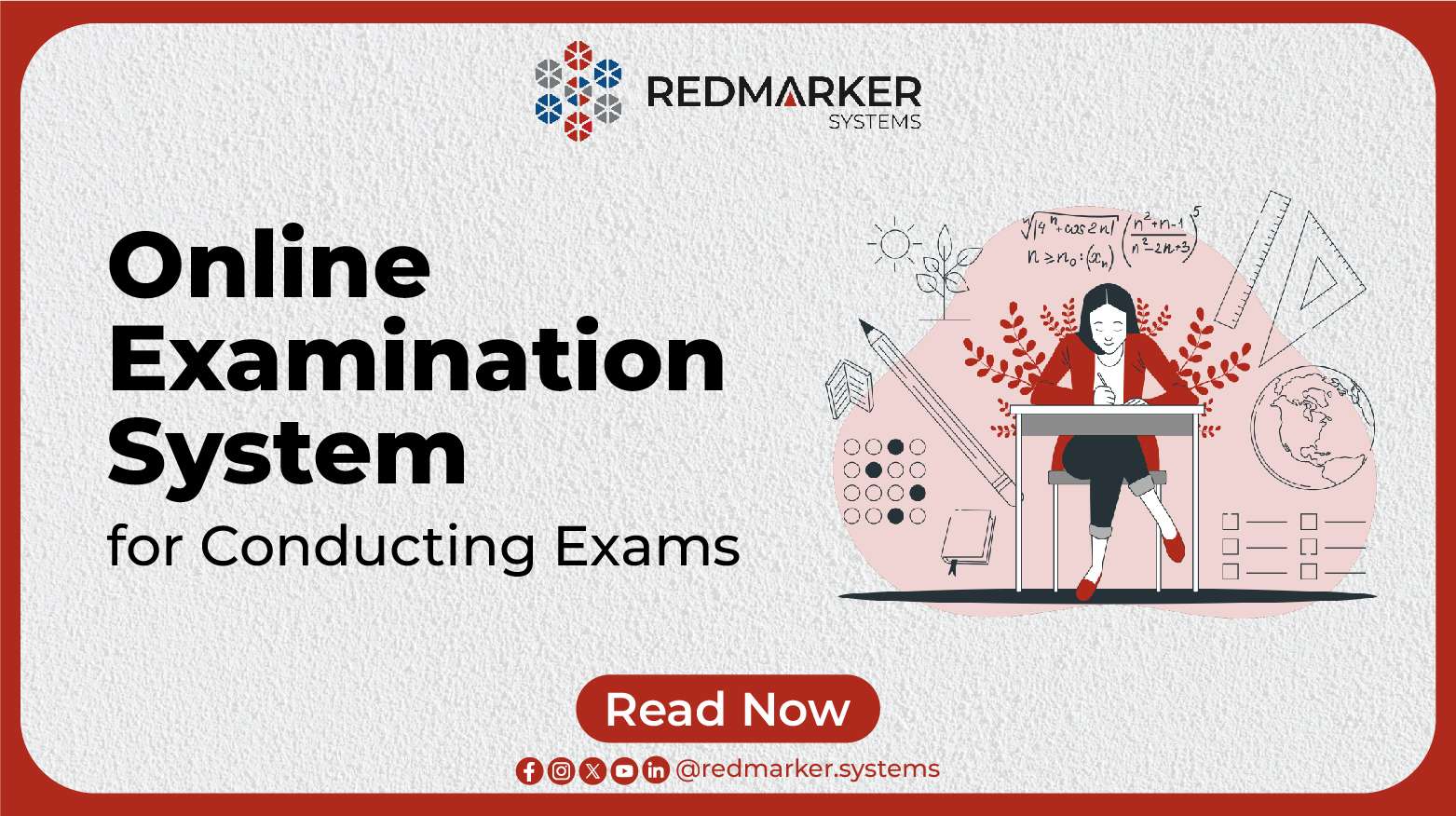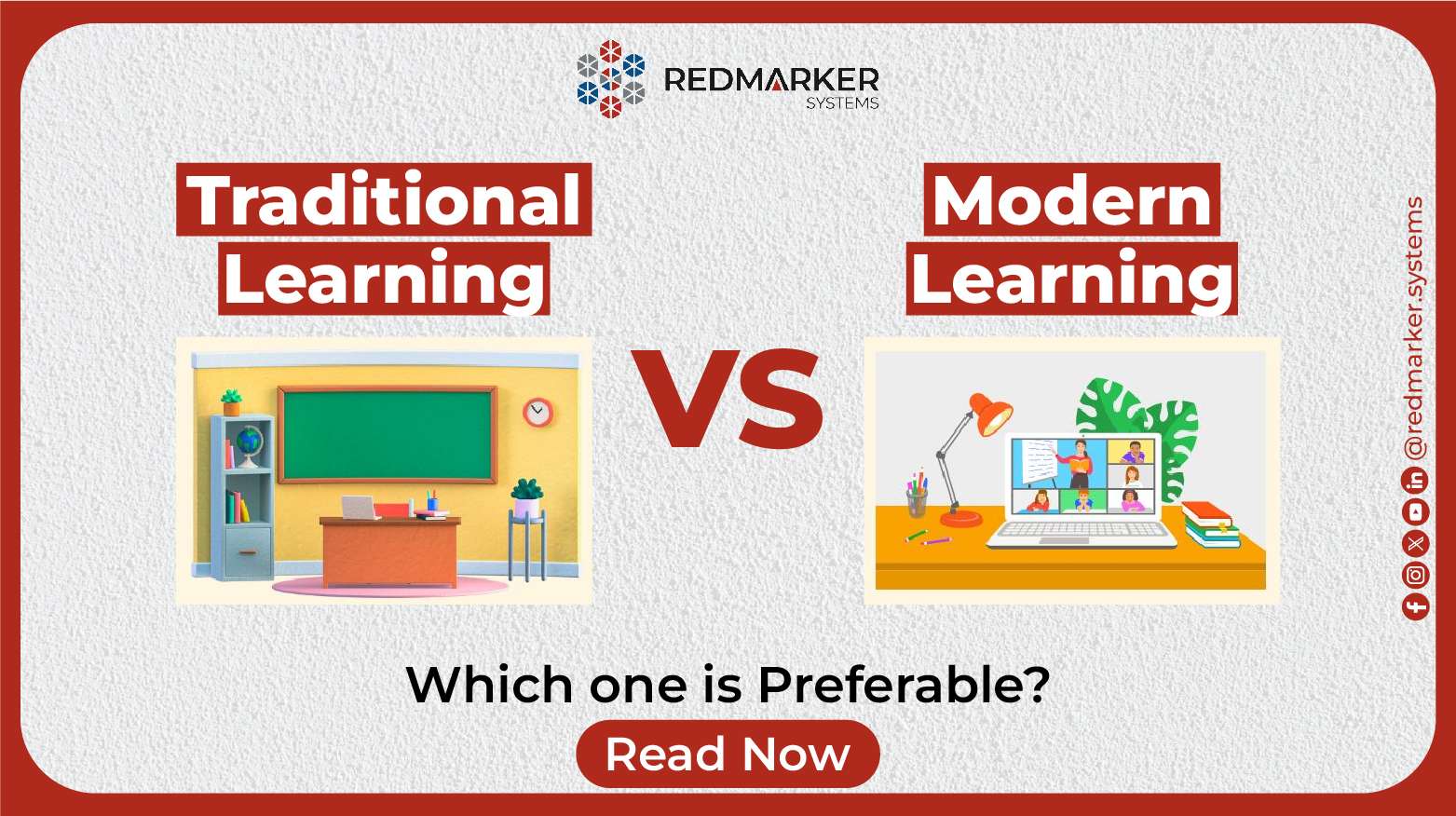Rubric Based Marking Software: Transforming Assessment in Education and Beyond
In today’s digital age, education, and assessment methods have evolved significantly. One such evolution is the use of Rubric-Based Marking Software. This innovative tool simplifies and enhances the assessment process, ensuring consistency, efficiency, and improved feedback for educators. In this article, we will explore what rubric-based marking software is, its advantages, popular tools, implementation strategies, real-life examples, challenges, best practices, and future trends.
What is Rubric Based Marking Software?
Before diving into the advantages and implementation, let’s clarify what rubric-based marking software is. Essentially, it’s a digital tool that allows educators to create detailed grading criteria, known as rubrics, for assignments, projects, or assessments. These rubrics consist of predefined performance indicators and grading levels. Educators can then use the software to assess student work based on these criteria, ensuring a standardized and objective evaluation process.
Advantages of Using Rubric Based Marking Software
Streamlined Assessment Process
Rubric-based marking software streamlines the assessment process by providing a clear structure for grading. Educators can quickly evaluate assignments, saving time and ensuring assessments align with learning objectives.
Consistency in Grading
One of the key advantages is the consistency it offers. With predefined criteria, grading becomes less subjective. Different educators assessing the same work will likely arrive at similar results, promoting fairness.
Enhanced Feedback
Rubrics enable educators to offer detailed feedback to students. This constructive feedback aids in student improvement, making the learning process more effective.
Time Efficiency
By automating certain aspects of grading, rubric-based marking software reduces the time educators spend on assessment. This time-saving benefit allows instructors to focus on teaching and providing quality feedback.
Popular Rubric Based Marking Software Tools
Now that we understand the advantages, let’s look at some popular rubric-based marking software tools that are widely used in education:
rMarker
RedMarker Systems’ rMarker is a cutting-edge onscreen marking platform that offers powerful features for efficient grading and assessment. With its intuitive interface and robust tools, it’s becoming a top choice for educators aiming to streamline the evaluation process.
RubiStar
RubiStar is a user-friendly tool that allows educators to create custom rubrics quickly. It’s an excellent choice for K-12 teachers looking to enhance their assessment methods.
Turnitin GradeMark
Turnitin GradeMark integrates seamlessly with the Turnitin plagiarism detection tool. It offers advanced grading and feedback features, making it popular in higher education.
Blackboard Rubrics
For institutions using Blackboard as their Learning Management System (LMS), Blackboard Rubrics provide an integrated solution for effective grading.
Google Classroom
Google Classroom offers basic rubric functionality, making it a suitable choice for educators using Google’s suite of tools for instruction.
Moodle
Moodle, an open-source LMS, has robust rubric capabilities. It’s favored by institutions seeking flexibility and customization.
How to Implement Rubric Based Marking Software
Implementing rubric-based marking software effectively involves several steps:
Creating Custom Rubrics
Educators should design rubrics tailored to their course objectives and assignments. Customization ensures alignment with specific learning outcomes.
Integrating with Learning Management Systems (LMS)
Integration with your institution’s LMS streamlines the grading process. It allows for easy assignment distribution and grade recording.
Training and Support
To maximize the software’s benefits, instructors and students may need training. Providing ongoing support ensures everyone can use the tool effectively.
Real-Life Examples of Rubric Implementation
Rubric-based marking software is not limited to a particular educational level. Here are some real-life examples of its implementation:
K-12 Education
In K-12 classrooms, teachers use rubric software to assess assignments and provide constructive feedback, fostering student growth.
Higher Education
In colleges and universities, rubric-based grading is widespread. It promotes consistency and helps educators manage large classes efficiently.
Corporate Training
Beyond traditional education, businesses use rubric-based marking software for employee training and development programs.
Challenges and Limitations
While rubric-based marking software offers numerous benefits, it’s essential to acknowledge its challenges and limitations:
Learning Curve
Educators may face a learning curve when adopting new software. Proper training and support are vital to overcome this obstacle.
Subjectivity Concerns
Despite predefined criteria, some subjectivity can remain in grading. Educators must ensure rubrics are well-structured to minimize this issue.
Accessibility Issues
Not all students have access to the same technology. Ensuring equitable access to rubric-based grading can be a challenge.
Best Practices for Effective Rubric Usage
To make the most of rubric-based marking software, consider these best practices:
Clear Criteria
Ensure rubrics have clear, well-defined criteria and grading levels to minimize ambiguity.
Regular Updates
Periodically review and update rubrics to reflect changes in course content or learning outcomes.
Instructor Collaboration
Encourage collaboration among educators to share rubrics and assessment strategies for improved teaching and assessment.
Future Trends in Rubric Based Marking Software
The future of rubric-based marking software looks promising, with several emerging trends:
Artificial Intelligence Integration
AI-powered tools can provide even more detailed analysis of student work, further enhancing assessment.
Data Analytics for Assessment
Data analytics will help educators gain insights into student performance trends, allowing for more targeted interventions.
Gamification of Assessment
Gamification elements within rubric-based marking software can make the grading process more engaging and interactive for both educators and students.
Conclusion
Rubric-based marking software has revolutionized the way educators assess student work, offering advantages like streamlined assessment, consistency in grading, enhanced feedback, and time efficiency. While it comes with challenges and limitations, following best practices and embracing future trends can make it even more effective. As education continues to evolve, rubric-based marking software remains a valuable tool for educators seeking to enhance their assessment methods.
Frequently Asked Questions (FAQs) about Rubric Based Marking Software
Can I use rubric software for peer assessment?
Yes, rubric-based marking software can be used for peer assessment, promoting peer learning and evaluation.
Is rubric-based grading suitable for all subjects?
While it’s versatile, the suitability of rubric-based grading may vary depending on the subject and assignment type. It’s essential to adapt rubrics to fit specific contexts.
What’s the cost of rubric-based marking software?
The cost of rubric software can vary widely, from free options to premium solutions. Pricing often depends on the features and scale of the software.
Are there any free rubric tools available?
Yes, some rubric-based marking software tools offer free versions or trials. It’s worth exploring these options to find what suits your needs.
Can rubric software help reduce grading bias?
Rubric-based grading can reduce grading bias by providing predefined criteria, making the evaluation process more objective. However, it’s crucial for educators to be aware of potential biases and strive for fairness in grading.



